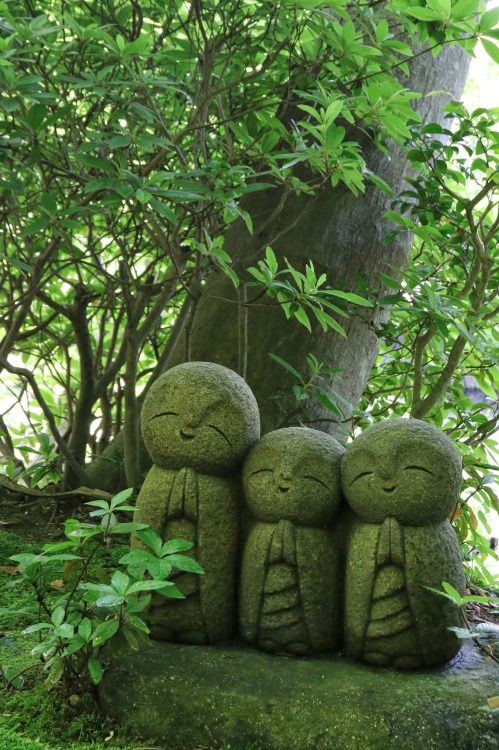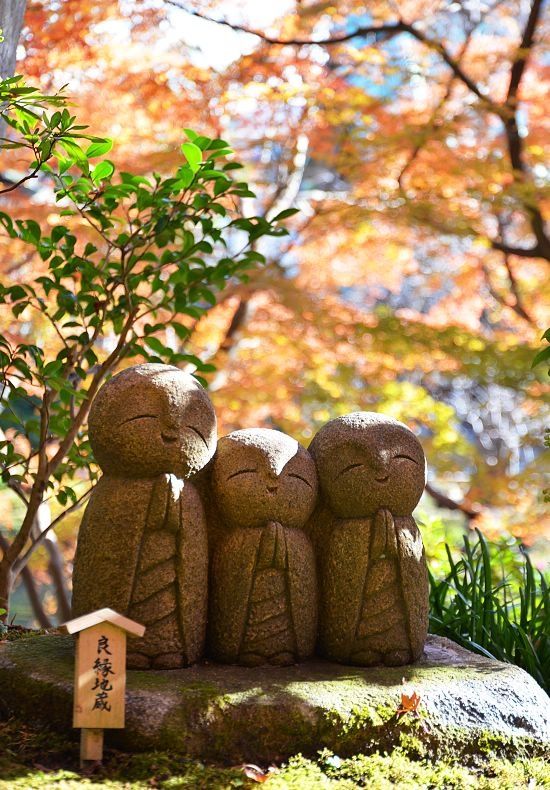Japanese garden serves as an inspiration for a harmonious garden design
Japanese gardens have long been admired and cherished for their serene beauty and harmonious design. They serve as a source of inspiration for garden enthusiasts around the world who seek to create a tranquil and balanced outdoor space.
The essence of a Japanese garden lies in its ability to capture the natural landscape in a small, carefully curated setting. These gardens often incorporate elements such as water features, rocks, plants, and pathways to create a sense of harmony and tranquility. Each element is chosen and placed with great thought and intention to evoke a specific feeling or mood.
One of the key principles in Japanese garden design is the concept of “borrowed scenery” or shakkei. This technique involves incorporating the surrounding natural elements, such as distant mountains or trees, into the garden’s composition. By doing so, the garden seamlessly integrates with its surroundings, blurring the boundaries between man-made and natural landscapes.
Another essential aspect of Japanese gardens is the use of symbolism and metaphor. For example, the placement of rocks may represent mountains, while carefully raked gravel can symbolize water. These symbolic elements invite contemplation and meditation, allowing visitors to connect with nature on a deeper level.
Furthermore, Japanese gardens often feature specific types of plants, such as cherry blossoms, Japanese maples, and bamboo, which are chosen for their aesthetic appeal and cultural significance. These plants are meticulously maintained and pruned to create a sense of order and balance within the garden.
In addition to their visual appeal, Japanese gardens also emphasize the importance of sensory experiences. The sound of running water, the texture of moss-covered stones, and the fragrance of blooming flowers all contribute to a multisensory journey through the garden. These elements engage the senses and promote a state of mindfulness and tranquility.
The influence of Japanese garden design extends far beyond Japan itself. Many garden enthusiasts around the world have been inspired by the principles and aesthetics of these gardens, incorporating elements of Japanese design into their own outdoor spaces. Whether it’s the use of stone lanterns, the arrangement of plants, or the creation of a meditative atmosphere, the Japanese garden serves as a timeless source of inspiration for creating a harmonious and peaceful environment.
In conclusion, Japanese gardens offer a profound inspiration for garden design due to their meticulous attention to detail, symbolic elements, and emphasis on harmony with nature. By incorporating these principles into our own gardens, we can create spaces that promote tranquility, mindfulness, and a deep connection with the natural world.
Hits: 2













